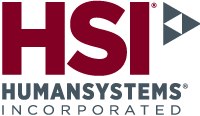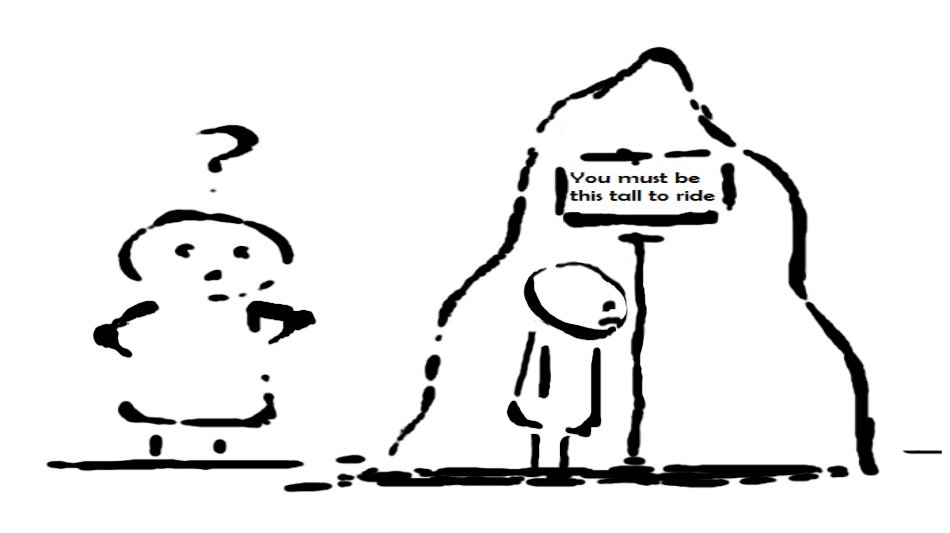As a company we believe that people are the most important part of any system. As a result, we usually strive to make systems easier, safer, and more comfortable for human users. However, it’s not always that straightforward. Sometimes, you may want a system to be easily accessible to one population, and difficult to interact with for another. The first examples that come to mind are safety-related – specifically, household products that you may want to keep out of the hands of children. More often than not, these solutions are simple and inexpensive, such as child safety lids on medication. They are designed in such a way that most adults should be able to access the medication without issue, while young children would find it difficult to understand how to open the container.
This concept is not limited to medications. Very significant attempts are made to limit the wrongful use of dangerous items such as firearms. Recently, the concept of personalized/locationized smart guns has garnered a lot of media attention. These weapons use GPS, fingerprint recognition, RFID chips, and a variety of other technologies to limit the use of a firearm to specific users or locations without increasing the complexity of operating the device. Some of these safety measures are already common features on cell phones so it will be interesting to see if their integration with firearms becomes commonplace.
At the heart of this discussion is the importance of identifying the user and the user’s needs. From this blog, it should be clear that identifying the user can go hand-in-hand with identifying who the user shouldn’t be. As technology develops, we will have the ability to provide more and more opportunities to people of different abilities. However, technology is also increasing our ability to become exclusionary. The trick to designing an effective product or system will almost certainly involve a balance between inclusion and exclusion that stems from understanding the user and the user’s needs.
Jarrett Evans





